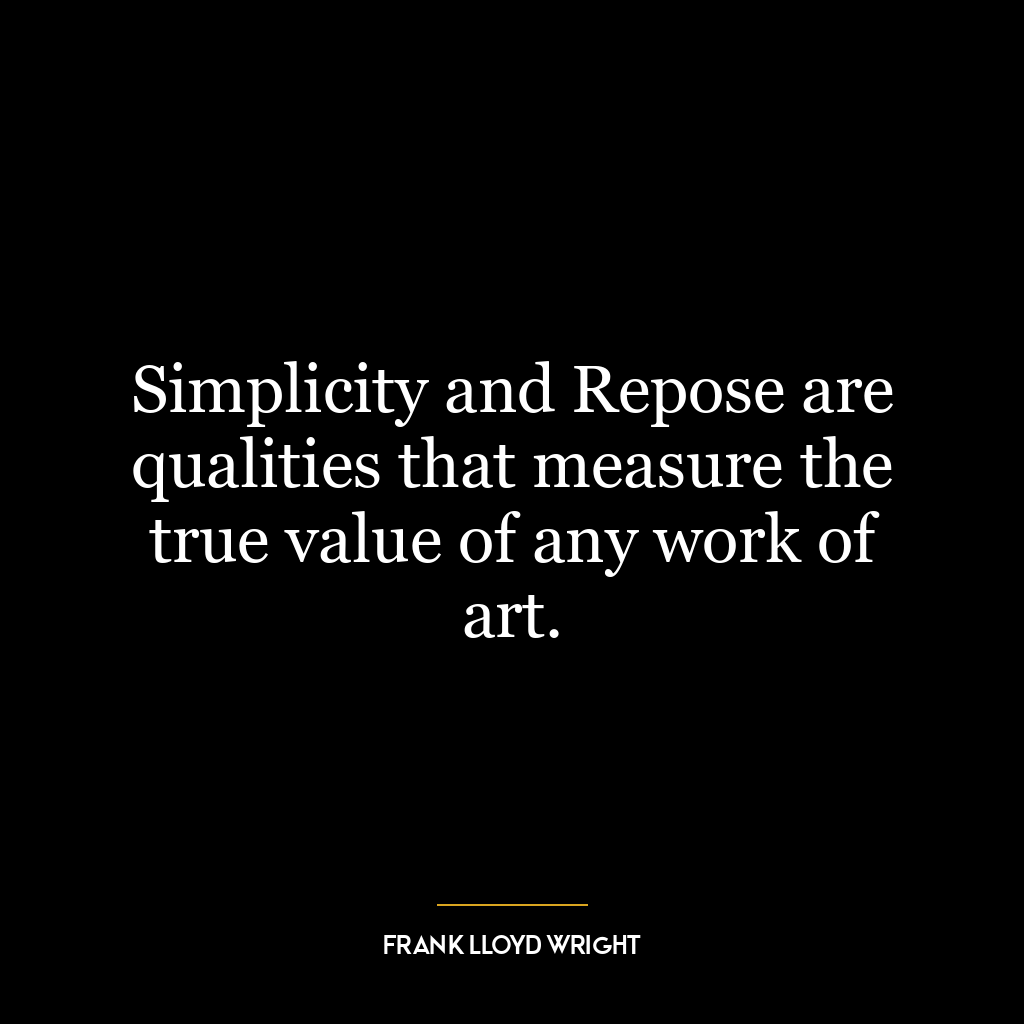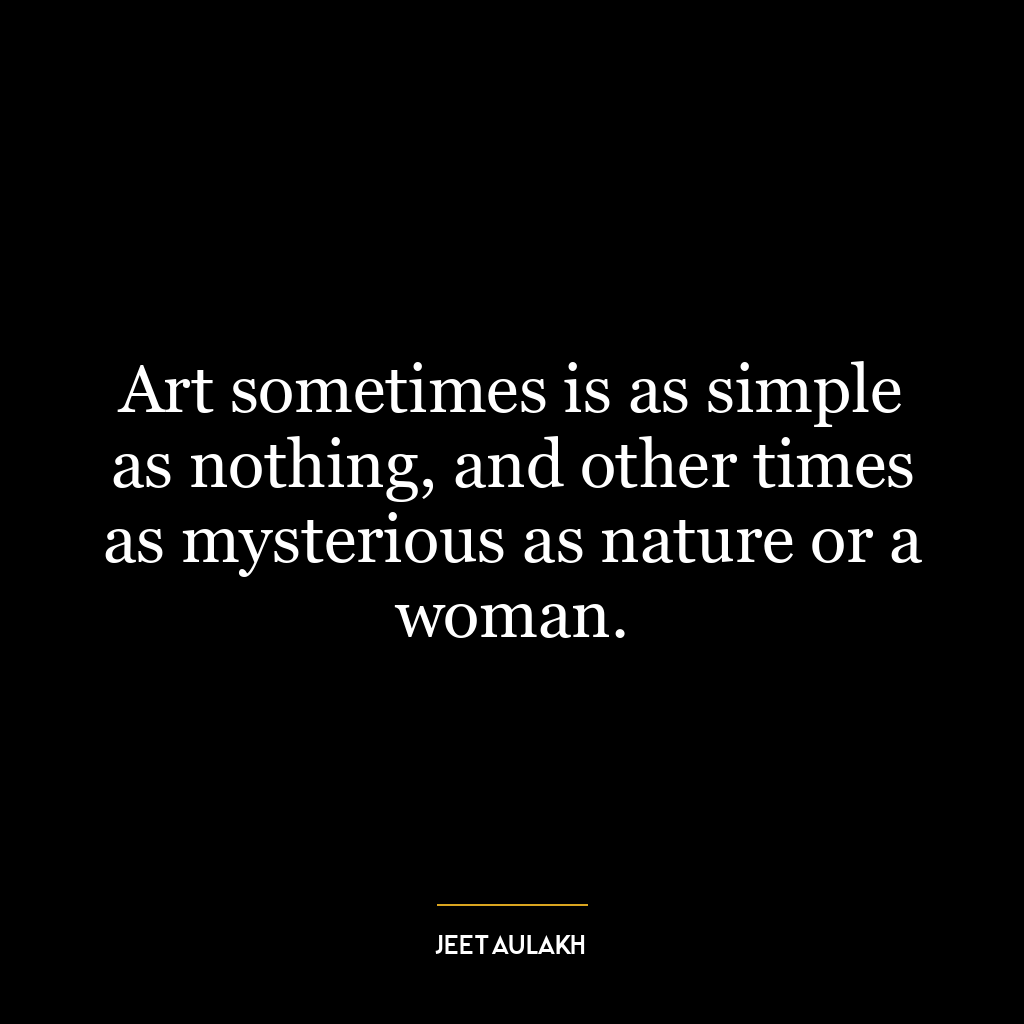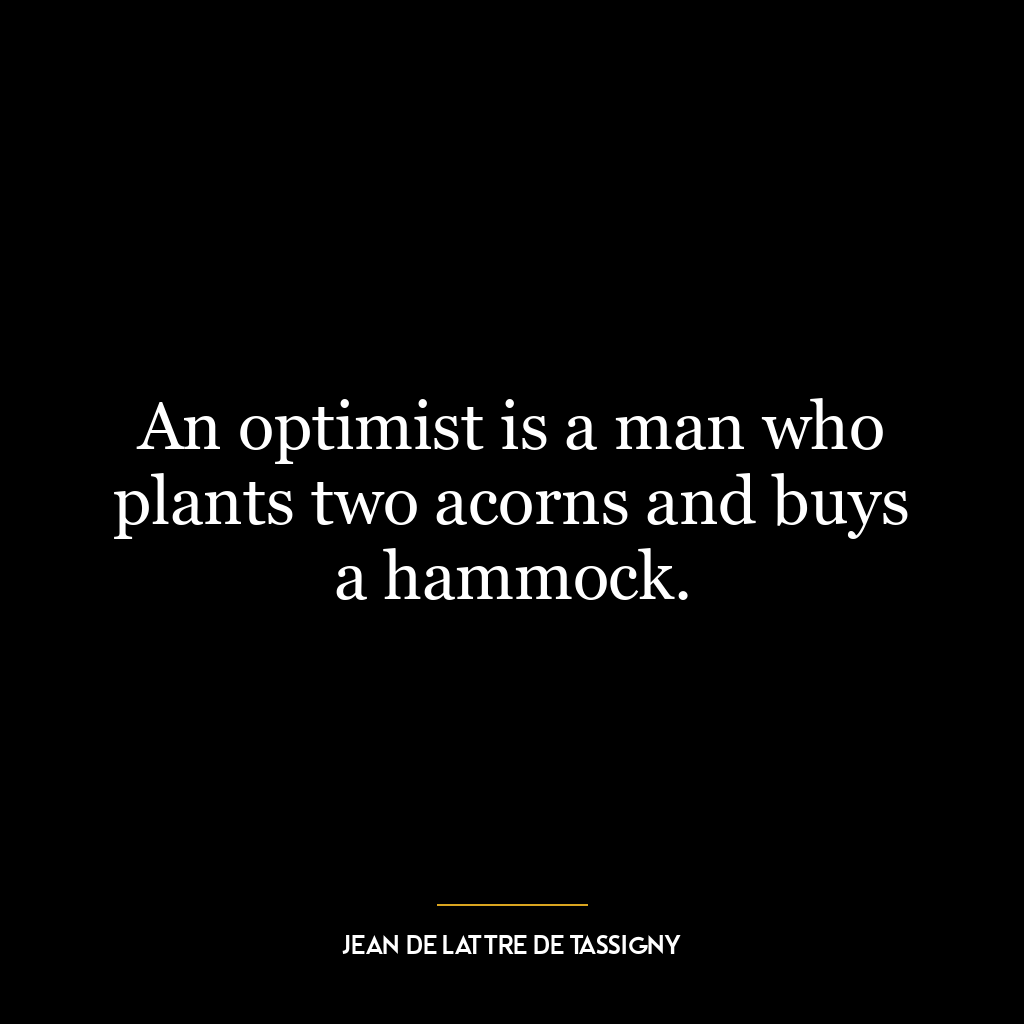The function of good software is to make the complex appear to be simple.
This quote emphasizes the fundamental purpose of good software: to simplify the complex. In essence, it suggests that a well-designed software should be able to take a complicated process and make it easy for the user to understand and navigate. This concept is at the heart of user experience and user interface design, fields dedicated to making software more intuitive and user-friendly.
In a broader sense, this quote is not just about software, but about the power of design and technology to demystify and simplify. It’s about making the inaccessible accessible, the difficult easy, and the complex simple. This is the magic of good software - it can take something that may seem overwhelmingly complex and break it down in a way that anyone can understand and use.
Applying this concept to today’s world, we see this principle in action in many successful software and apps that millions of people use daily. For instance, consider a banking app. The world of finance and banking is complex, filled with jargon and complicated procedures. However, a good banking app simplifies this complexity, allowing users to manage their finances with a few taps on their screens.
In the context of personal development, this idea emphasizes the importance of breaking down complex tasks into manageable parts. Just as good software simplifies complex processes, successful personal development often involves breaking down large, intimidating goals into smaller, achievable tasks. This makes the process less overwhelming and more approachable, increasing the likelihood of success.
In conclusion, whether in the realm of software or personal growth, the principle of making the complex appear simple is a powerful strategy for enhancing usability and achieving goals.








